The Nike P-6000 has exploded in popularity over the past few years, becoming one of the most worn retro runner sneakers on the streets. With its Y2K aesthetic inspired by the 2000s and its affordable price point, this sneaker appeals to both fashion enthusiasts and those simply looking for a comfortable everyday shoe.
But like with any Nike, the question always comes up: how does it actually fit? Buying sneakers online can be a real headache, especially when sizing often varies from one Nike model to another. Some models run large, others small, and some are perfect... but only if you have narrow feet.
To keep it simple, the Nike P-6000 fits perfectly true to size. We recommend choosing your usual Nike size. However, if you're between sizes or have particularly wide feet, going half a size up may be wise for optimal comfort.

Fit Analysis: How Does the Nike P-6000 Adapt to Your Foot?
To understand how the P-6000 fits your foot, you first need to look at its construction. This sneaker cleverly combines different materials to create a balance between breathability and structure.
The shoe's base consists of a breathable open-weave mesh that offers excellent ventilation. This mesh isn't rigid—it has some flex, particularly in the forefoot, which allows the shoe to naturally adapt to your foot shape without creating uncomfortable pressure points.
On top of this mesh, you'll find overlays made of synthetic leather and plastic materials that create the distinctive "cage" design of the P-6000. These reinforcements aren't just there for aesthetics—they structure the shoe and ensure good foot support, particularly in the midfoot area. Unlike a sneaker made entirely of mesh or knit that can stretch considerably over time, these overlays limit the P-6000's stretching, which means the size you choose initially will remain relatively stable.
The toe box (the space for your toes) is standard width, even slightly more spacious than average. Lab tests measured a width of 93.9mm in the metatarsal area, which is slightly above average for Nike sneakers. Near the big toe, the width measures 68.4mm, and the toe box height reaches 29.7mm—enough vertical space to prevent your toes from being compressed, even after several hours of walking.
The rounded shape of the toe box also contributes to comfort. Unlike some Nike models with a more pointed profile, the P-6000 offers generous space that allows your toes to move naturally. This is particularly appreciated during long days when your feet may slightly swell.
Our Size Recommendations by Foot Type
Not all feet are created equal, and the Nike P-6000 may fit differently depending on your morphology. Here are our detailed recommendations:
For Regular and Narrow Feet
If you have standard or rather narrow feet, the answer is simple: go with your usual size. The P-6000 fits perfectly true to size for the majority of wearers.
The shoe's lacing system is particularly effective and allows for precise adjustment. If you ever find the shoe slightly spacious in the midfoot area (which can happen with narrow feet), you can simply tighten the laces a bit more to get perfect support. The eyelets and lacing configuration really allow you to customize the fit to your preference.
A major advantage of the P-6000: it requires virtually no "break-in" period. From the first wear, the combination of flexible mesh and sufficient structure creates immediate comfort. You won't have to endure several days of discomfort before the shoe adapts to your foot, as is sometimes the case with more rigid leather models.
For Wide Feet
This is where things become more nuanced. The good news is that the Nike P-6000 is generally more accommodating for wide feet than many other Nike runners, particularly thanks to its spacious toe box and flexible mesh.
If you have slightly wide feet: Your usual size should work, especially if you prefer a snug fit. The mesh has enough flexibility to adapt to a slightly greater width without creating discomfort. Some users with wide feet report being very satisfied staying true to size.
If you have truly wide feet: We strongly recommend going half a size up. Although the toe box is generous, the synthetic overlays can create pressure points on the sides of the foot, particularly around the pinky toe, if the shoe is too tight. An extra half size eliminates this risk while maintaining good overall support.
Several feedback reports from users with wide feet confirm that going half a size up offers the best compromise: enough lateral space to be comfortable all day, without the shoe becoming too long or slipping at the heel.

Everyday Comfort: Is the P-6000 Pleasant to Wear?
Beyond dimensions, let's talk about what really matters: how it feels when you wear the shoe for hours.
The Nike P-6000 excels in daily comfort, and this isn't by accident. Even though it's technically a lifestyle sneaker, it inherits the DNA of Nike's 2000s running shoes, notably the Pegasus 25 and Pegasus 2006. This running lineage is immediately felt on foot.
The midsole uses engineered EVA foam which, although not as advanced as modern technologies like React or ZoomX, offers excellent cushioning for daily use. The foam is firm without being rigid (30.0 HA on the hardness scale, which is perfectly average), creating a planted and stable sensation rather than an ultra-plush "cloud" feeling. For some, this is exactly what they're looking for—a good balance between cushioning and responsiveness.
The shoe's lightweight construction is remarkable. You won't feel your feet weighed down after several hours of wear, which is crucial for daily use. The breathable mesh also ensures good air circulation, preventing overheating even during summer.
Many users report being able to wear their P-6000s all day without any foot fatigue. Whether exploring a city as a tourist, standing all day at work, or simply running daily errands, the P-6000 rises to the occasion.
Small disclaimer: The P-6000 is not designed for intensive running or sports training. It's a lifestyle sneaker first and foremost. It can handle light occasional jogging or a sprint to catch the bus, but if you're a serious runner, opt for current running models with modern technologies.
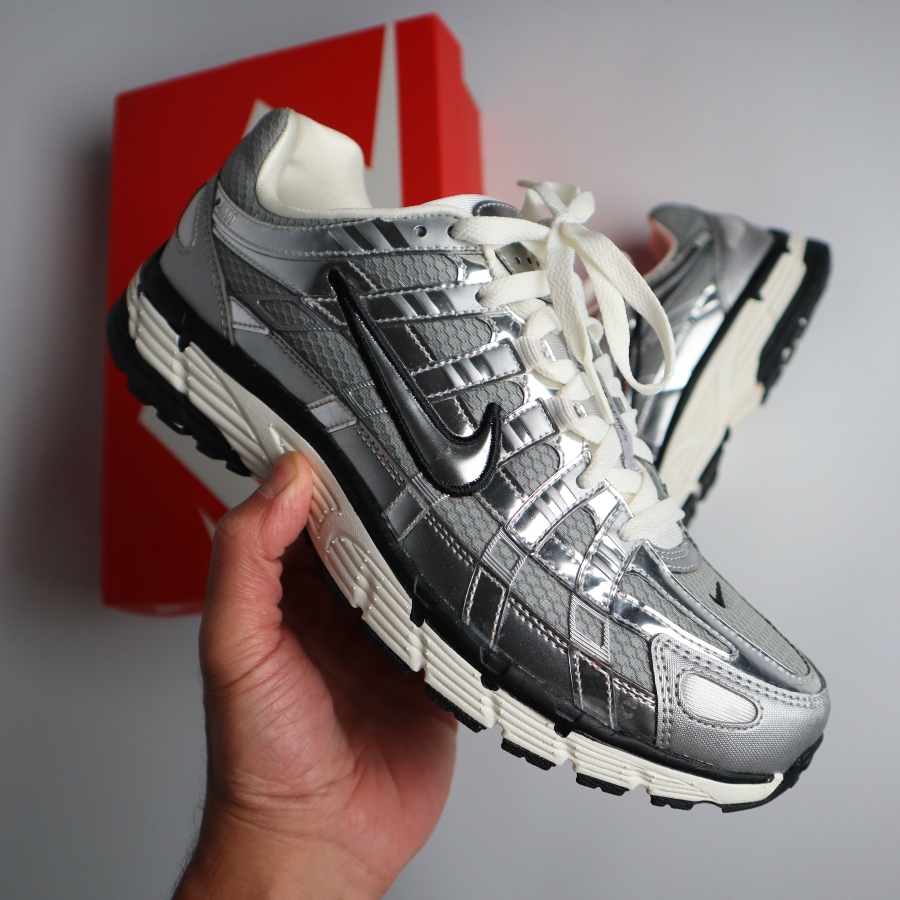
Size Comparison: P-6000 vs Other Popular Sneakers
One of the most effective ways to determine your size in a new model is to compare it with sneakers you already own. Here's how the P-6000 stacks up against the most popular models.
Nike P-6000 vs. Nike Vomero 5
The Vomero 5 is probably the most obvious direct competitor to the P-6000. Both sneakers are riding the Y2K retro runner wave, and many buyers hesitate between the two models.
Size advice: The P-6000 and Vomero 5 fit very similarly. Go with the same size in both models. If you wear a US 10 in Vomero 5 and you're satisfied, get a US 10 in P-6000.
Both shoes have a spacious toe box and general construction that accommodates different foot types well. The main difference lies in cushioning—the Vomero 5 features Zoom Air technology that offers a more "bouncy" feeling, while the P-6000 has firmer, more planted cushioning. But in terms of size and width, they're virtually identical.
Nike P-6000 vs. Nike Air Force 1
The Air Force 1 is the Nike reference everyone knows, so this is an essential comparison.
Size advice: This is where it gets interesting. The Air Force 1 is known to run slightly large, especially leather models which can feel very roomy. The P-6000, however, runs true to size.
Concrete recommendation: If you usually wear US 10 in Air Force 1 and it's perfect, get a US 10.5 in P-6000. If you tend to go half a size down in your AF1s (as many do), then go back to your "normal" size for the P-6000.
For example: If you normally wear US 10 but buy your AF1s in US 9.5 because they run large, get US 10 in P-6000.
The difference also comes from the fact that leather AF1s often require a break-in period where the leather softens, while the P-6000 is comfortable immediately. Don't expect a P-6000 to "stretch out" over time like an AF1 might.
Nike P-6000 vs. Asics Gel-Kayano 14
This comparison is particularly relevant because both models target exactly the same audience: fans of the 2000s "tech runner" aesthetic with metallic overlays and mesh.
Size advice: Good news here—both models fit very similarly. Go with the same size in the P-6000 as in the Gel-Kayano 14.
If you wear US 10 in Kayano 14 and it fits well, US 10 in P-6000 will be perfect. Both shoes have a similar fit philosophy: true to size for most, with the option to go up half a size if you have particularly wide feet.
The Kayano 14 may have a slightly more generous toe box, but the difference is minimal and shouldn't influence your size choice.
Frequently Asked Questions (FAQ)
Q: Do Nike P-6000s stretch out over time?
A: Very little. The mesh may soften slightly with regular use, but the synthetic leather reinforcements and plastic overlays prevent the shoe from deforming or expanding significantly.
Definitely don't buy them too tight hoping they'll stretch out—this isn't a leather Air Force 1 that will break in. The size you choose initially is what you'll keep. If the shoe feels tight when you buy it, it will probably always feel tight.
Q: Should I get the same size in Men's and Women's models?
A: The Nike P-6000 is available in men's and women's versions, and sometimes certain colors are only available in one category.
Technically, the construction and fit are identical between men's and women's versions. The main difference lies in sizing: women's sizes are generally 1.5 points above men's sizes in the US system.
Our advice: Always refer to the size guide in CM or EU to be absolutely sure, especially if you're buying a model marketed for the opposite gender. For example, if you normally wear EU 40, look for a model that corresponds to EU 40, whether it's labeled men's or women's. Centimeters don't lie.
Most websites display the measurement in centimeters on the product page. Measure your foot and compare it directly to the cm chart to eliminate any confusion.
Q: Is the P-6000 suitable for flat feet?
A: The P-6000 is not a stability shoe specifically designed for flat feet or overpronation, but many people with flat feet find it comfortable for daily use.
The midsole offers decent support without being excessively structured. If you need orthopedic insoles, you can easily remove the P-6000's original insole to replace it with your own.
For casual use and city walking, the P-6000 should suit most flat feet. However, if you're looking for a true running shoe with pronation control, opt for specific models.
Q: Can you use the P-6000 for running?
A: Although the P-6000 draws its DNA from 2000s running shoes, the current version is primarily a lifestyle sneaker.
It can handle light occasional jogging, short distances, or a sprint to catch the train. Some users report doing a few kilometers from time to time without problems. But for serious running, regular training, or long distances, it's not the right tool.
Cushioning and support technologies have evolved enormously since the 2000s. If you're a real runner, invest in a real modern running shoe like the Pegasus 41, Vaporfly, or other current models that will offer much more protection and performance.
Keep your P-6000s for style and daily comfort—that's where they truly excel.
Q: How do P-6000s perform in rainy weather?
A: The P-6000 is not waterproof or even particularly water-resistant. The breathable mesh that makes it comfortable in summer becomes a drawback when it rains—your feet will get wet fairly quickly.
If you live in a rainy area, consider the P-6000s as fair-weather sneakers, or invest in a waterproofing spray to apply to the mesh (although this will reduce breathability).
Some "Premium" or "Winter" versions of the P-6000 use denser materials or additional layers that offer better protection, but even these versions aren't really made for heavy rain days.
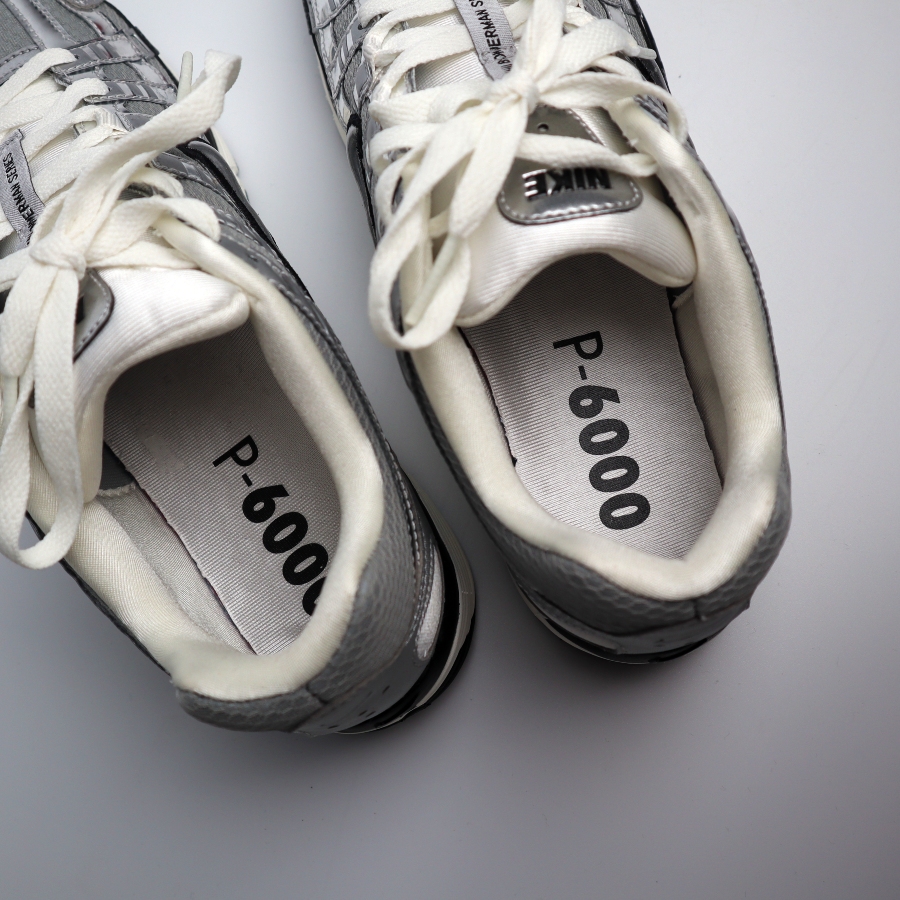
Conclusion: The Final Verdict on P-6000 Sizing
Let's summarize the essential points to help you make the right choice:
✅ True to size for most : Go with your usual Nike size if you have normal or narrow feet. The P-6000 fits faithfully and doesn't require adjustment.
✅ Half a size up for wide feet : If you have particularly wide feet, don't hesitate to go up half a size to avoid any lateral pressure and maximize comfort.
✅ Comfortable immediately : No break-in period necessary. What you feel in-store or on first wear is what you'll have all the time.
✅ Doesn't stretch : Don't count on the shoe stretching out. Choose a size that fits you perfectly from the start.
✅ Excellent for everyday use : Walking, shopping, tourism, standing all day—the P-6000 excels in all these situations thanks to its comfortable cushioning and lightweight design.
The Nike P-6000 represents excellent value for a lifestyle sneaker. Its distinctive Y2K aesthetic, daily comfort, and accessible price (generally around $100-110) make it a smart choice for anyone looking for a versatile and trendy sneaker.
With this guide, you now have all the information needed to order your pair with confidence. The P-6000 is one of those rare sneakers that achieves the perfect balance between retro style and modern comfort—it would be a shame not to enjoy this combination because of the wrong size choice.
Where to Buy the Nike P-6000?
Ready to get your pair ? Find all the Nike P-6000 colorways available and the major retailers where to buy them on our dedicated releases page.
Don't forget to check return policies before buying, especially if it's your first pair of P-6000s. Most sites offer free returns within 30 days, allowing you to try them on at home and exchange if necessary.
With the right fit, the Nike P-6000 will quickly become one of your favorite everyday sneakers. Happy shopping ! 👟
 ×
×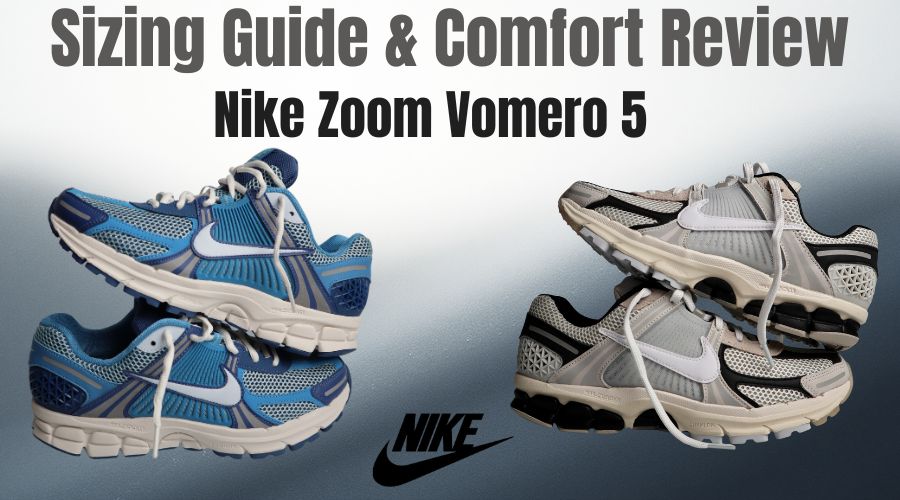
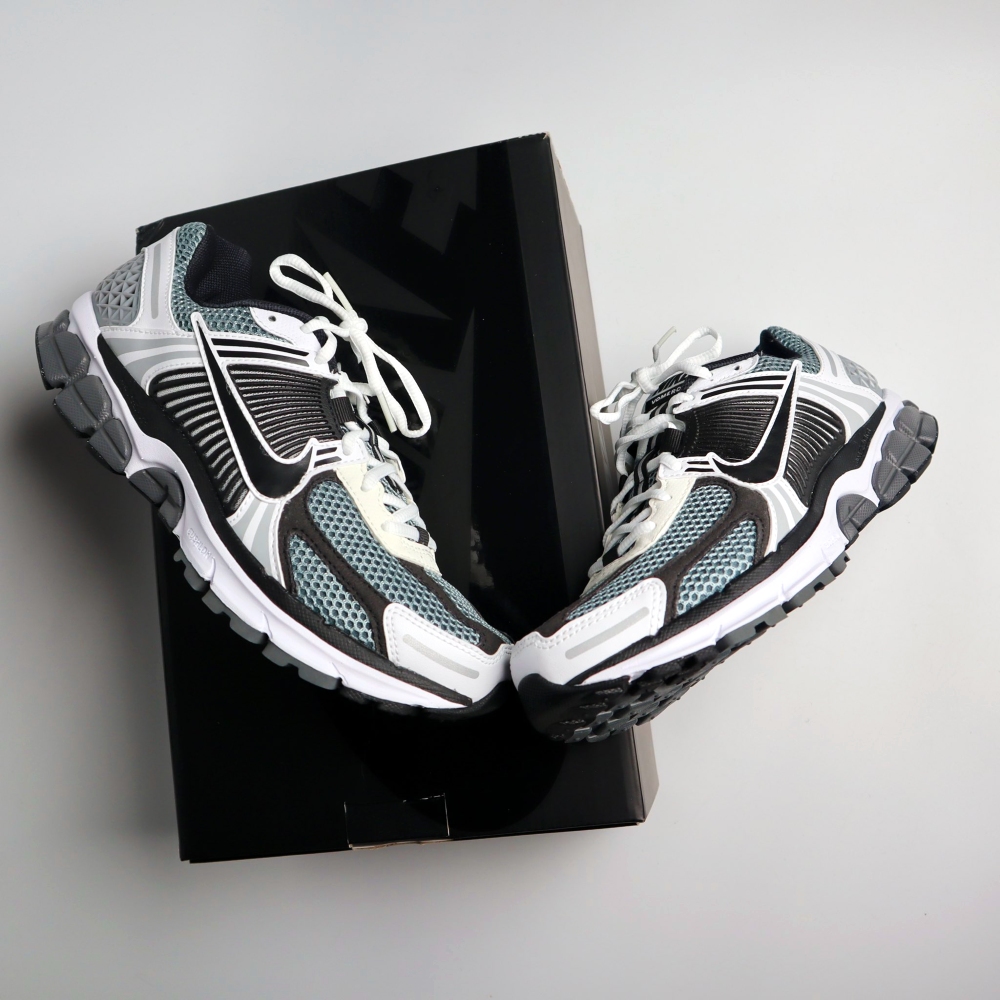
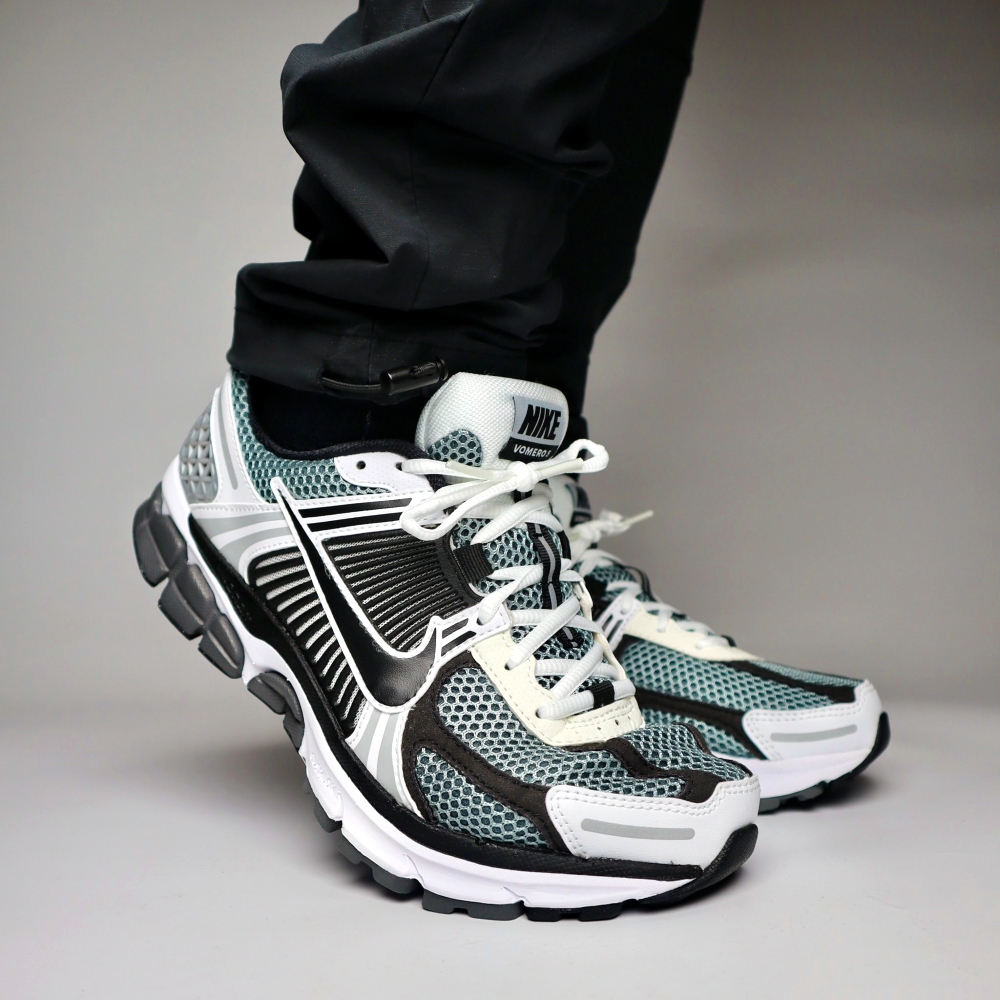
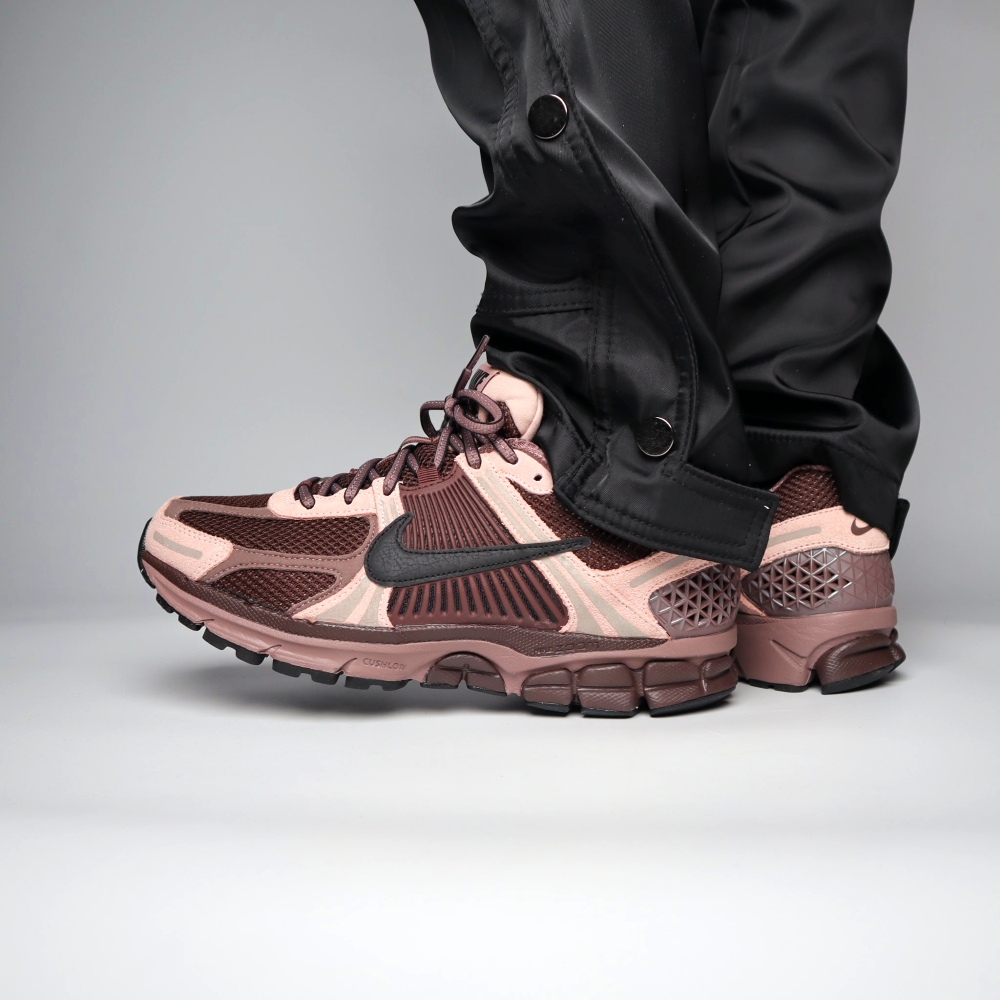
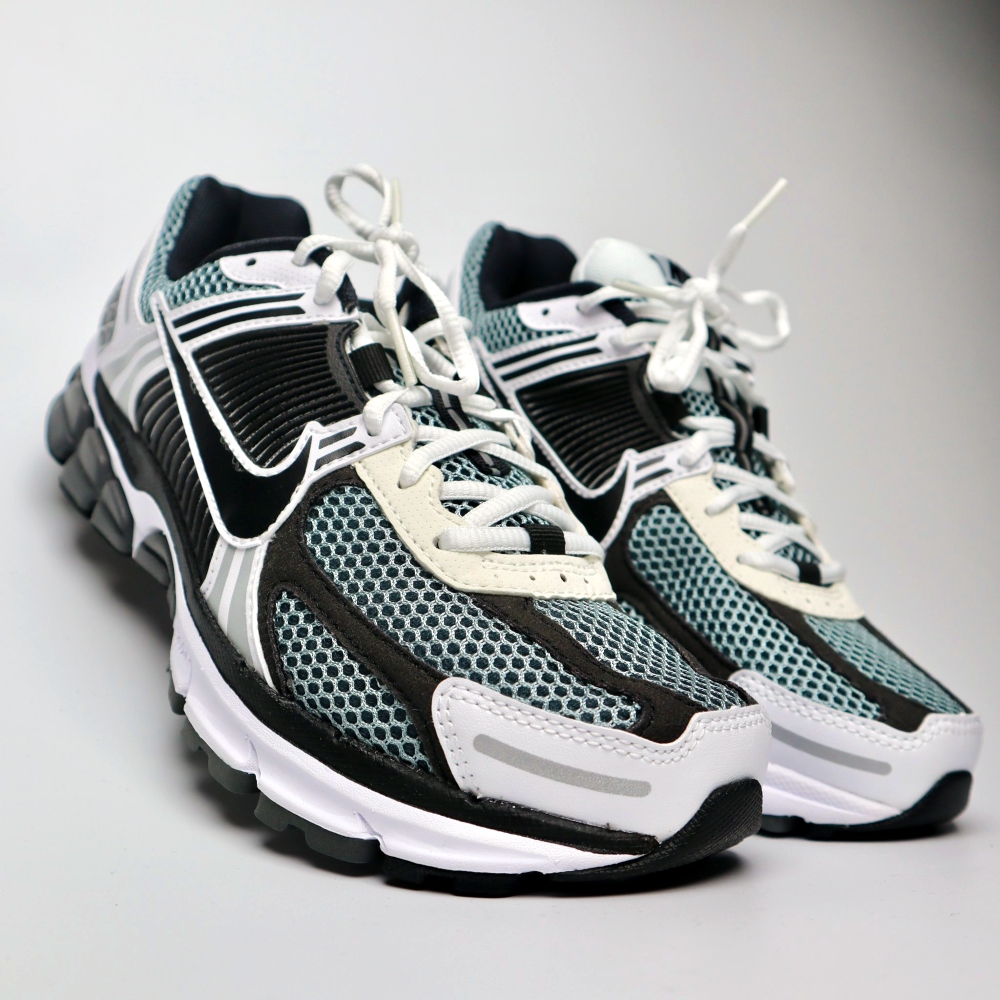
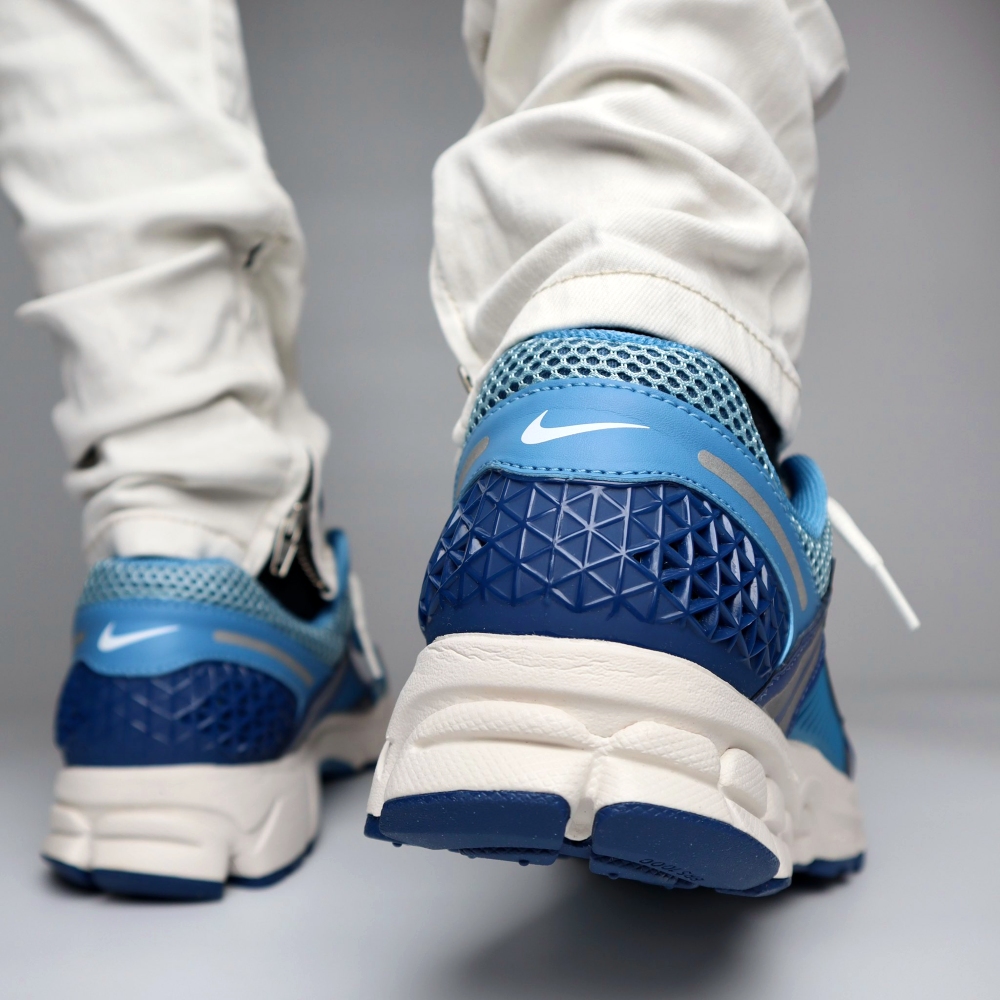
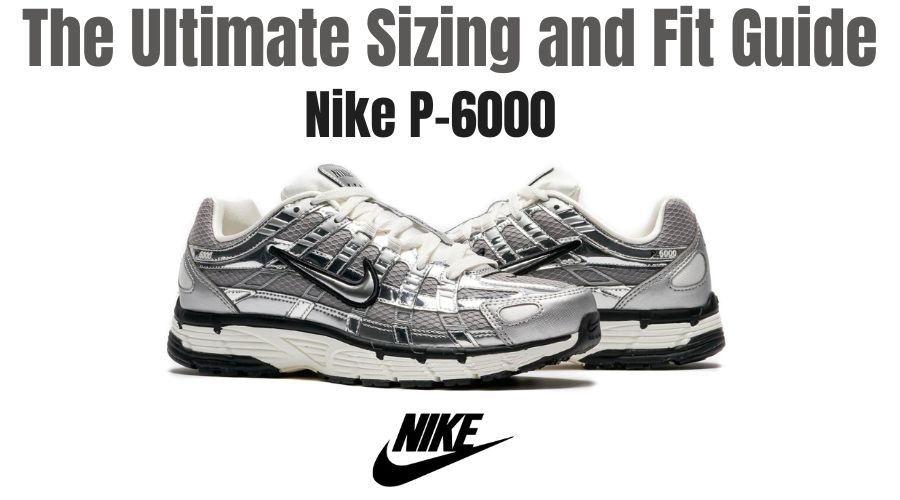






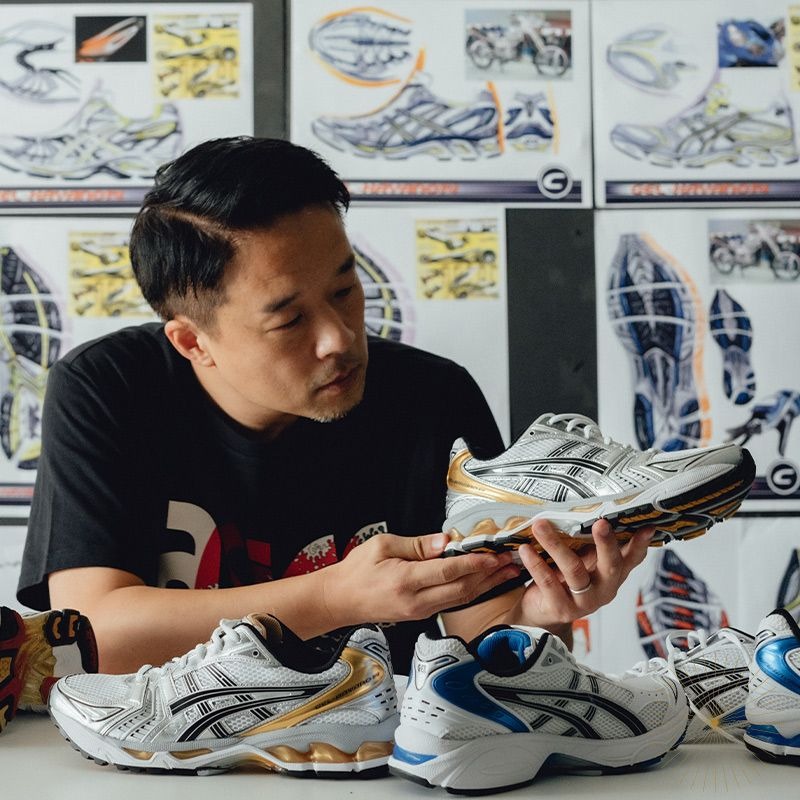
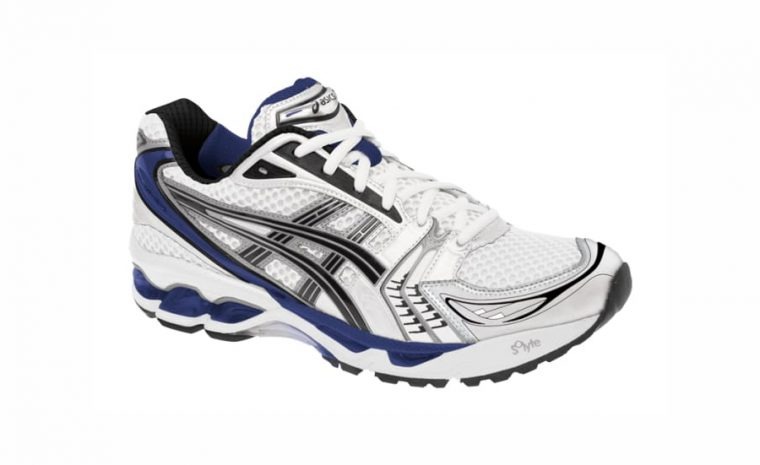
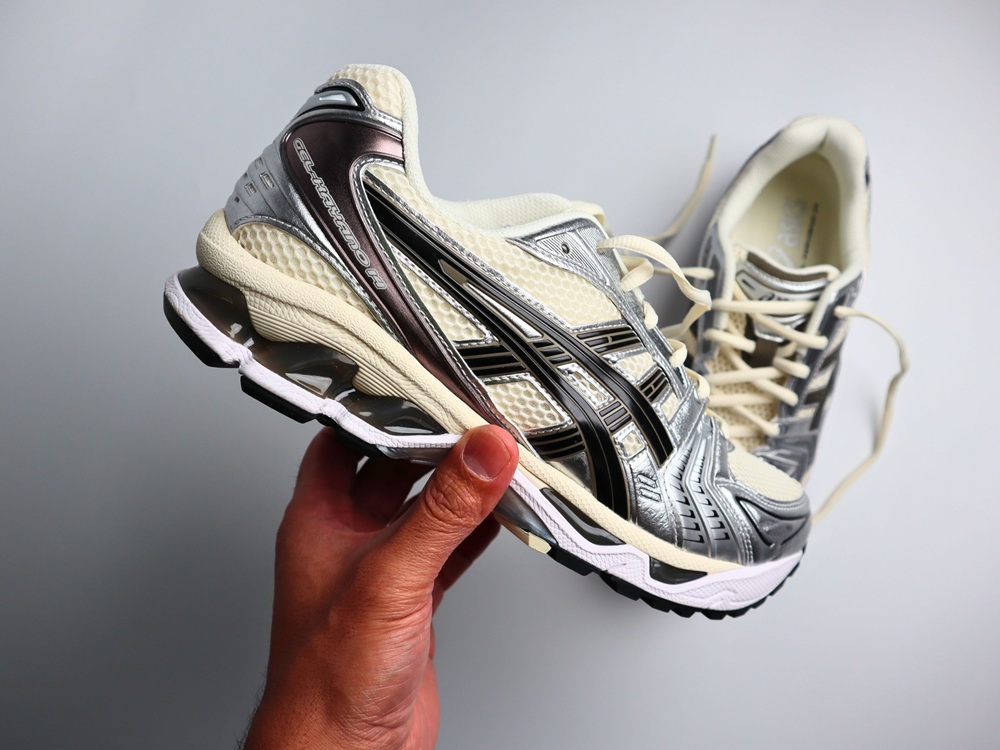

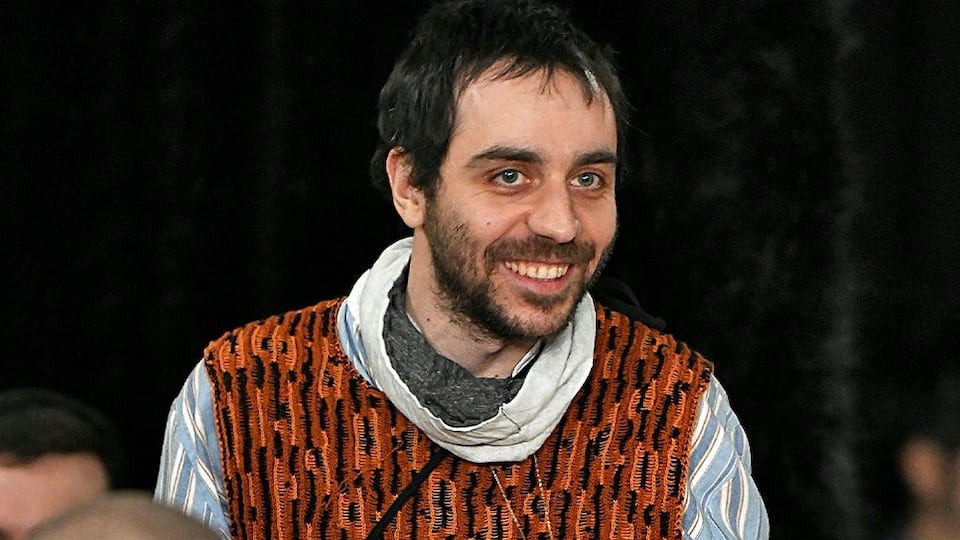
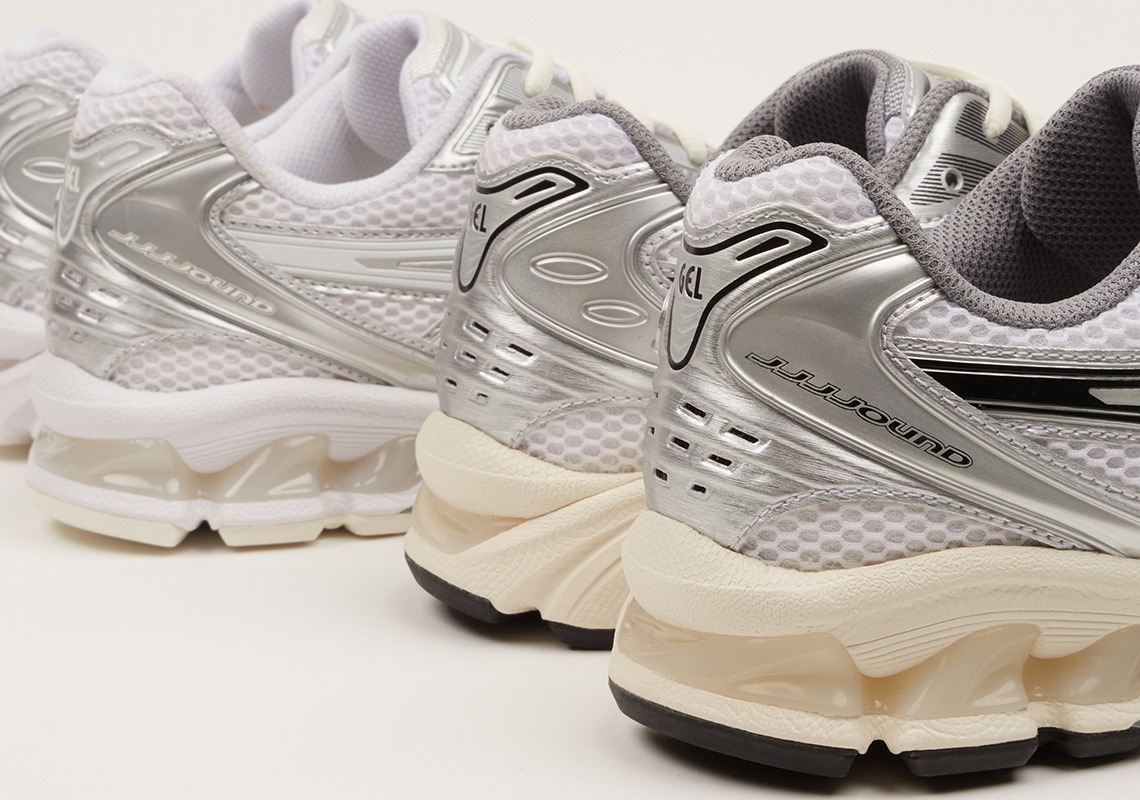
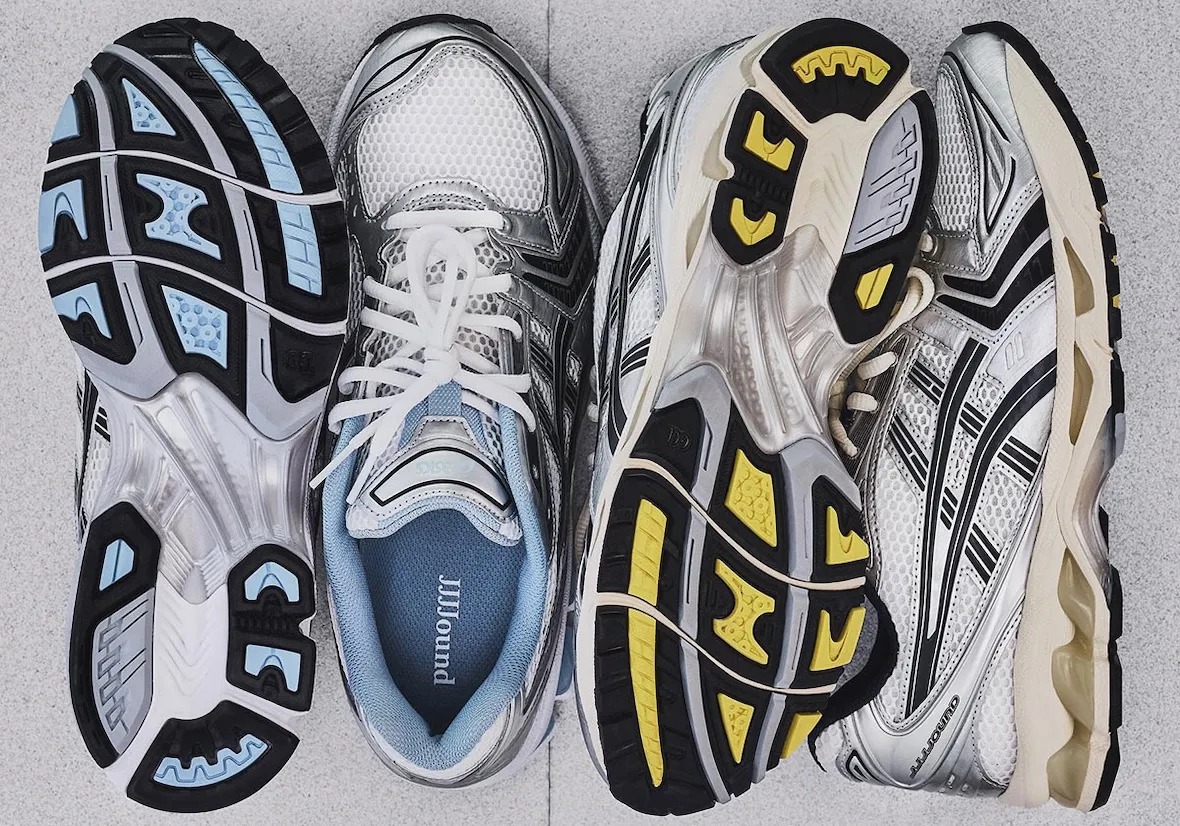
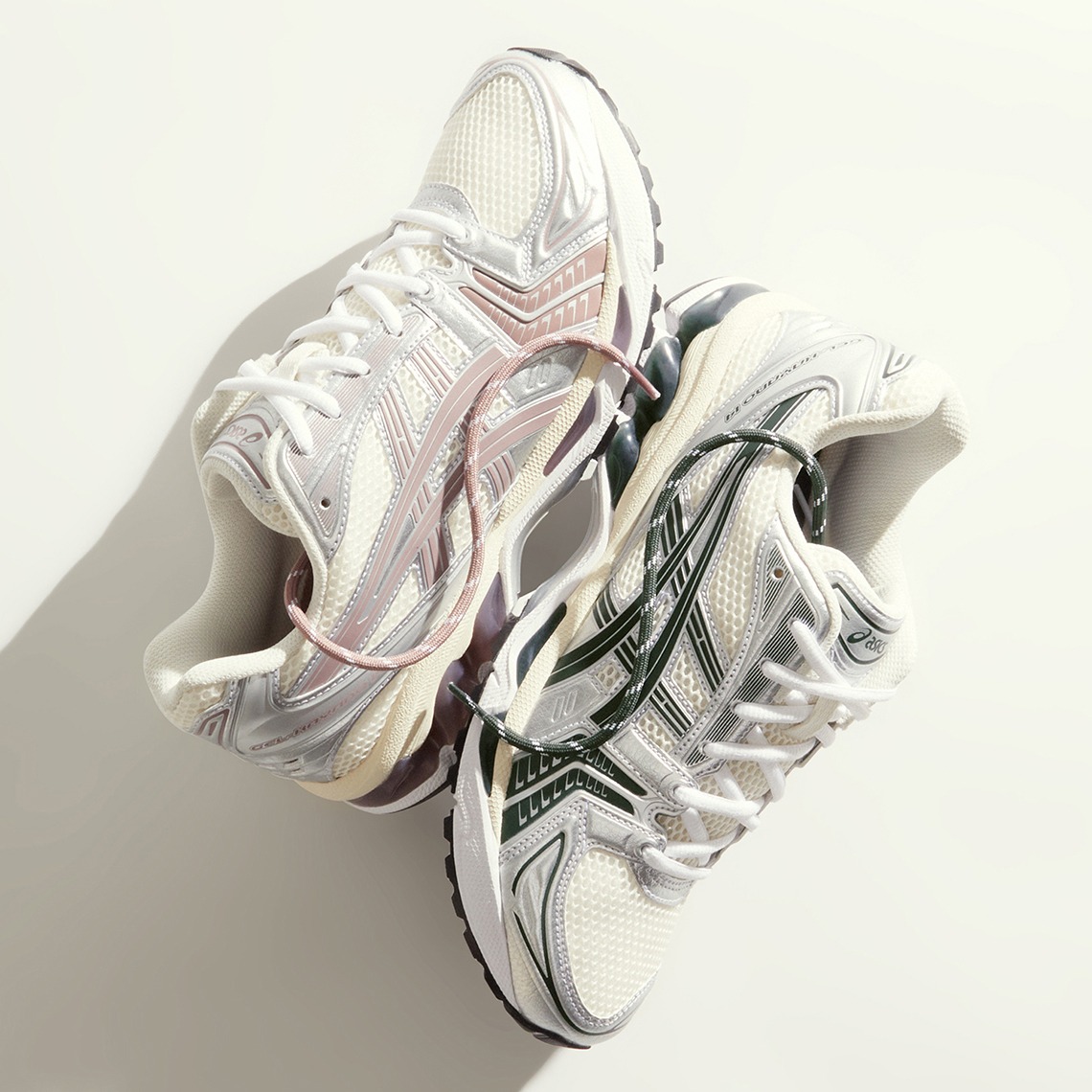

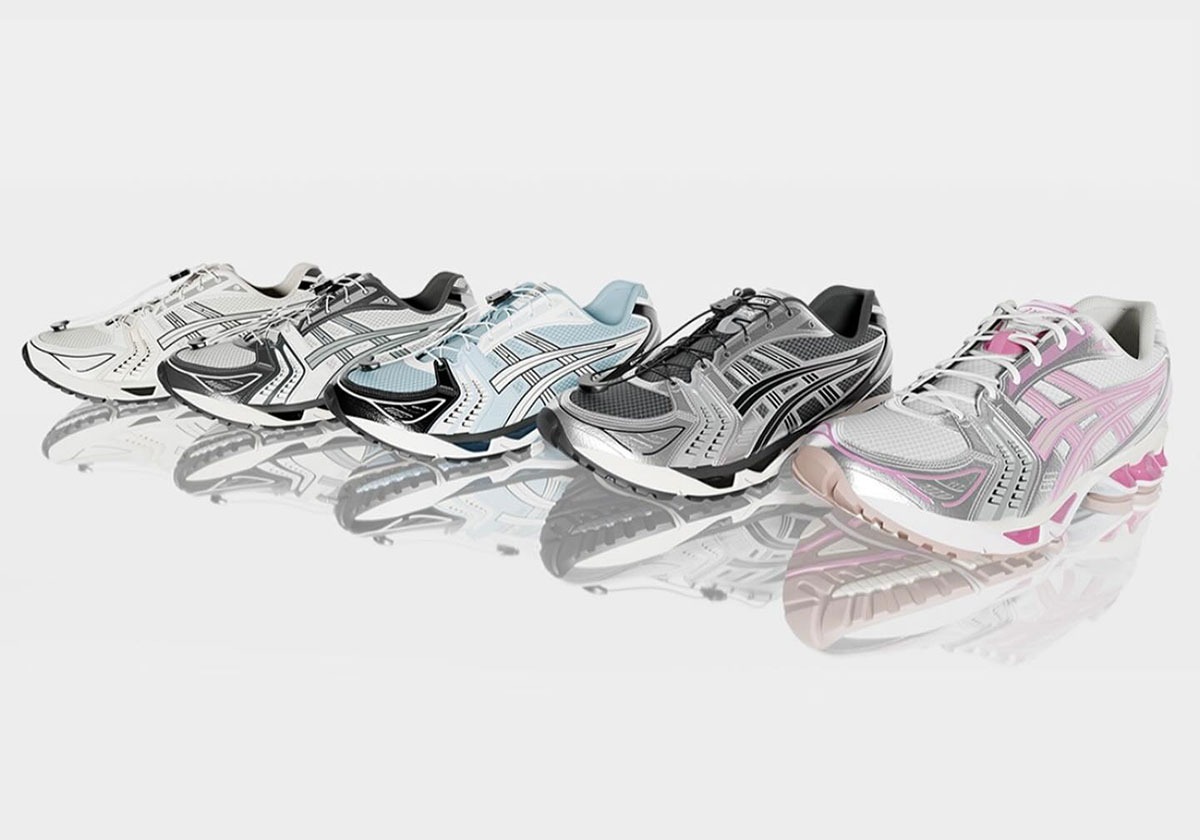
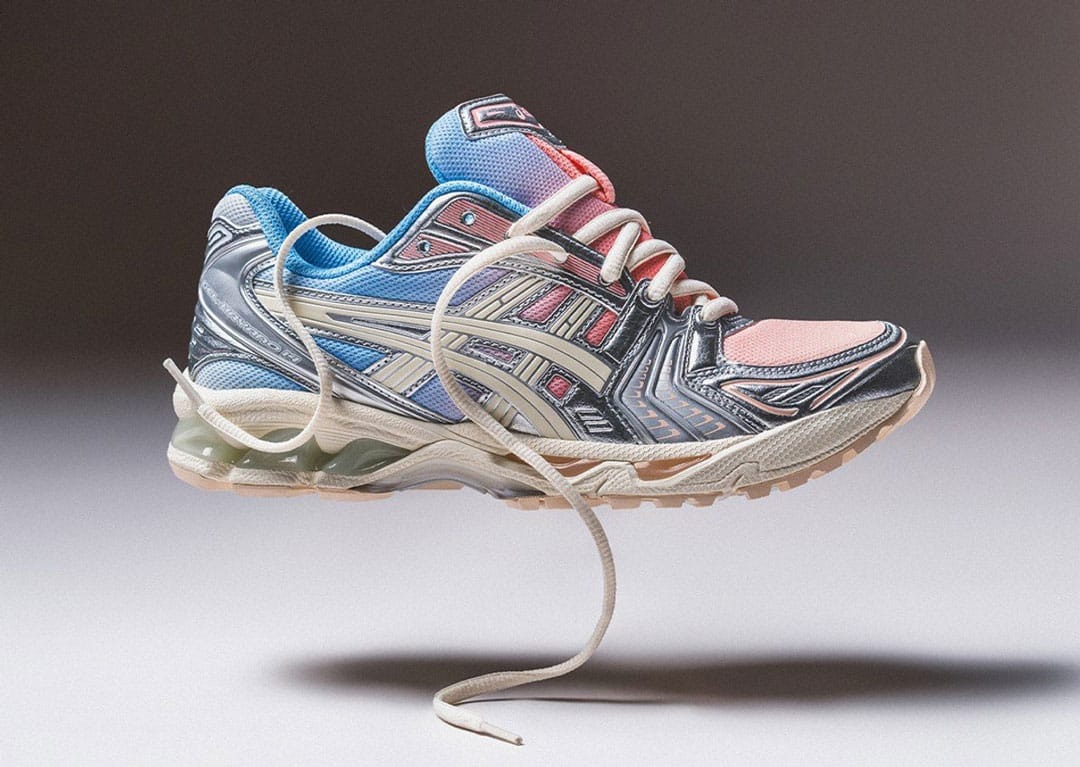
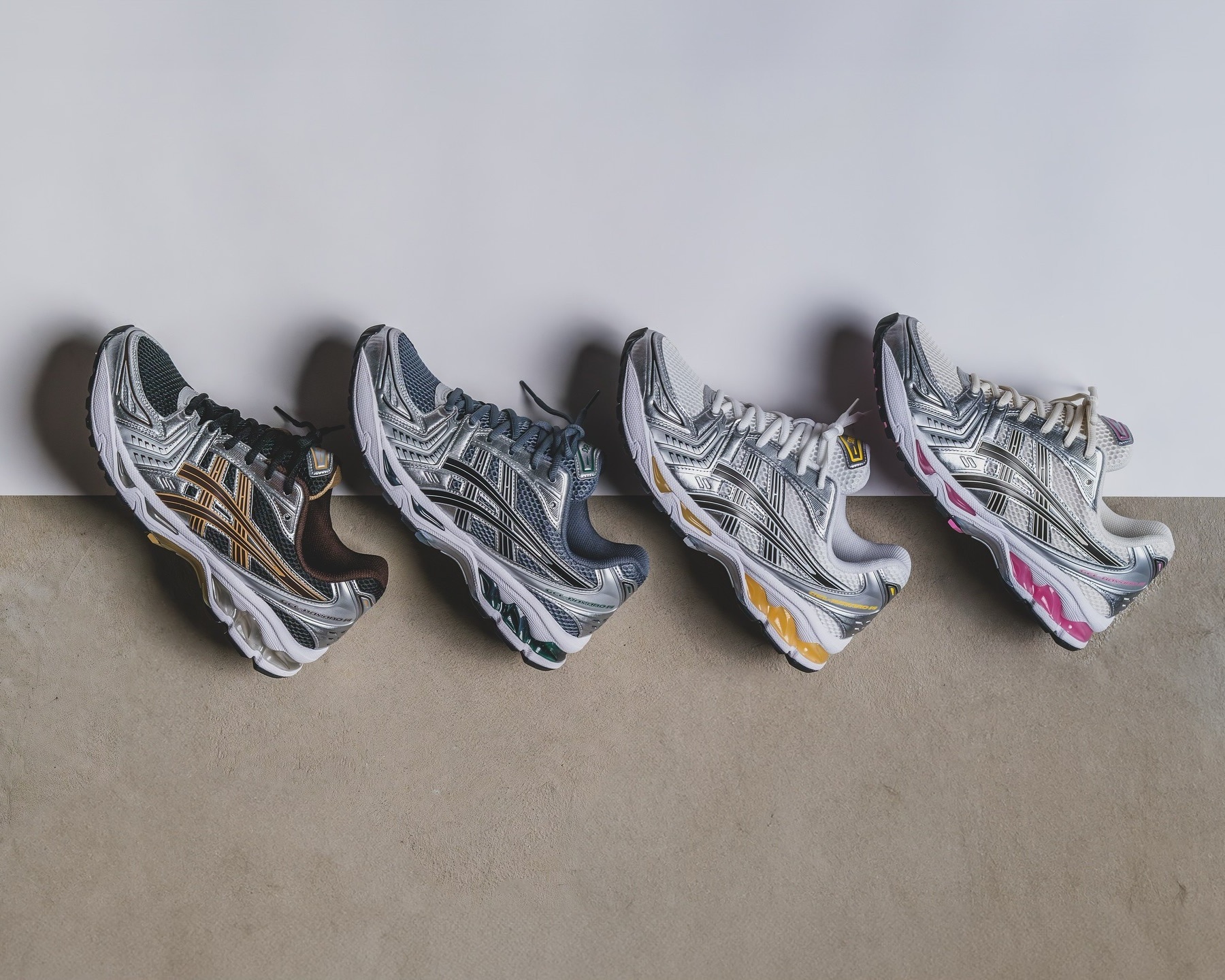

.jpg)
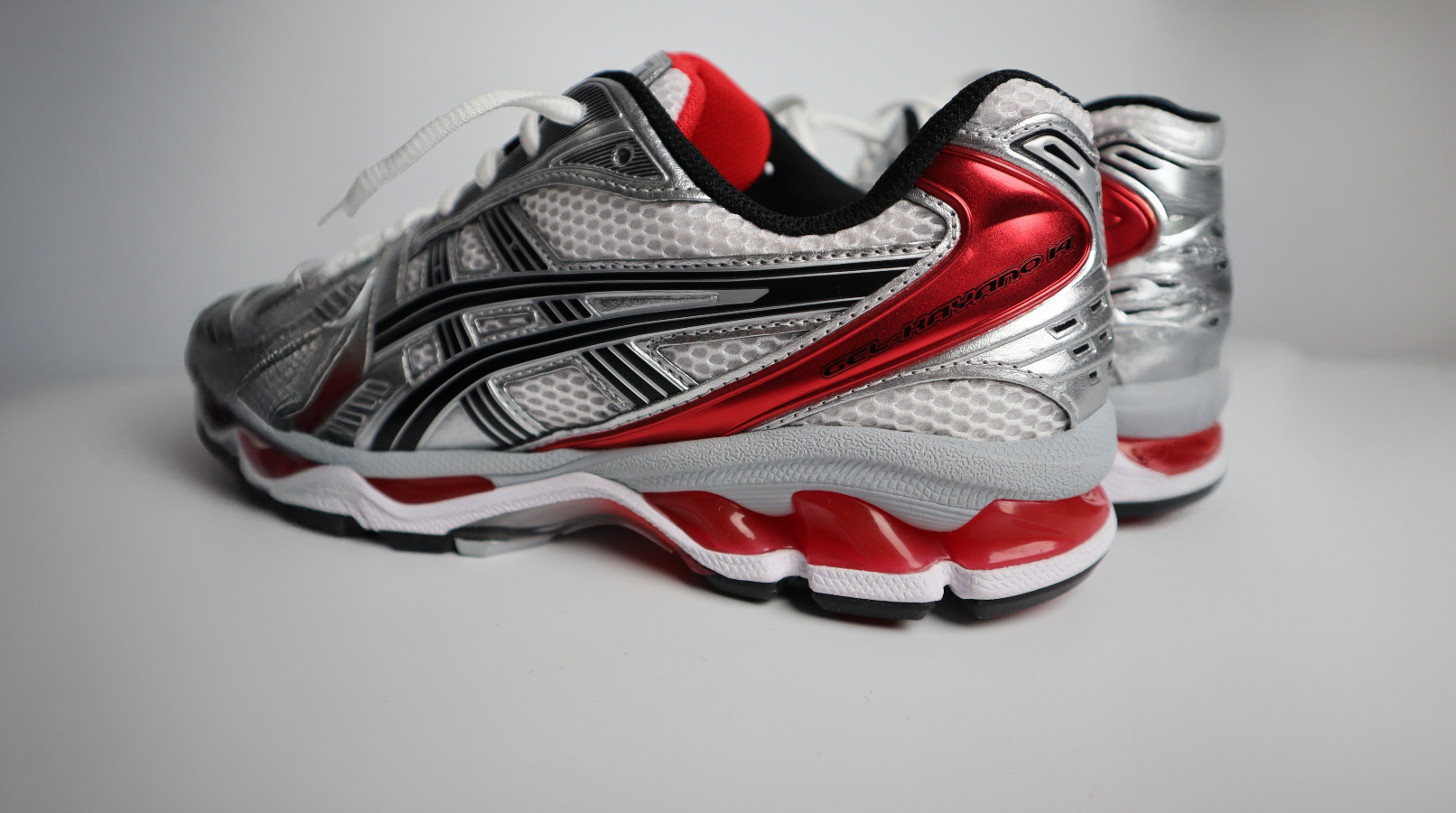
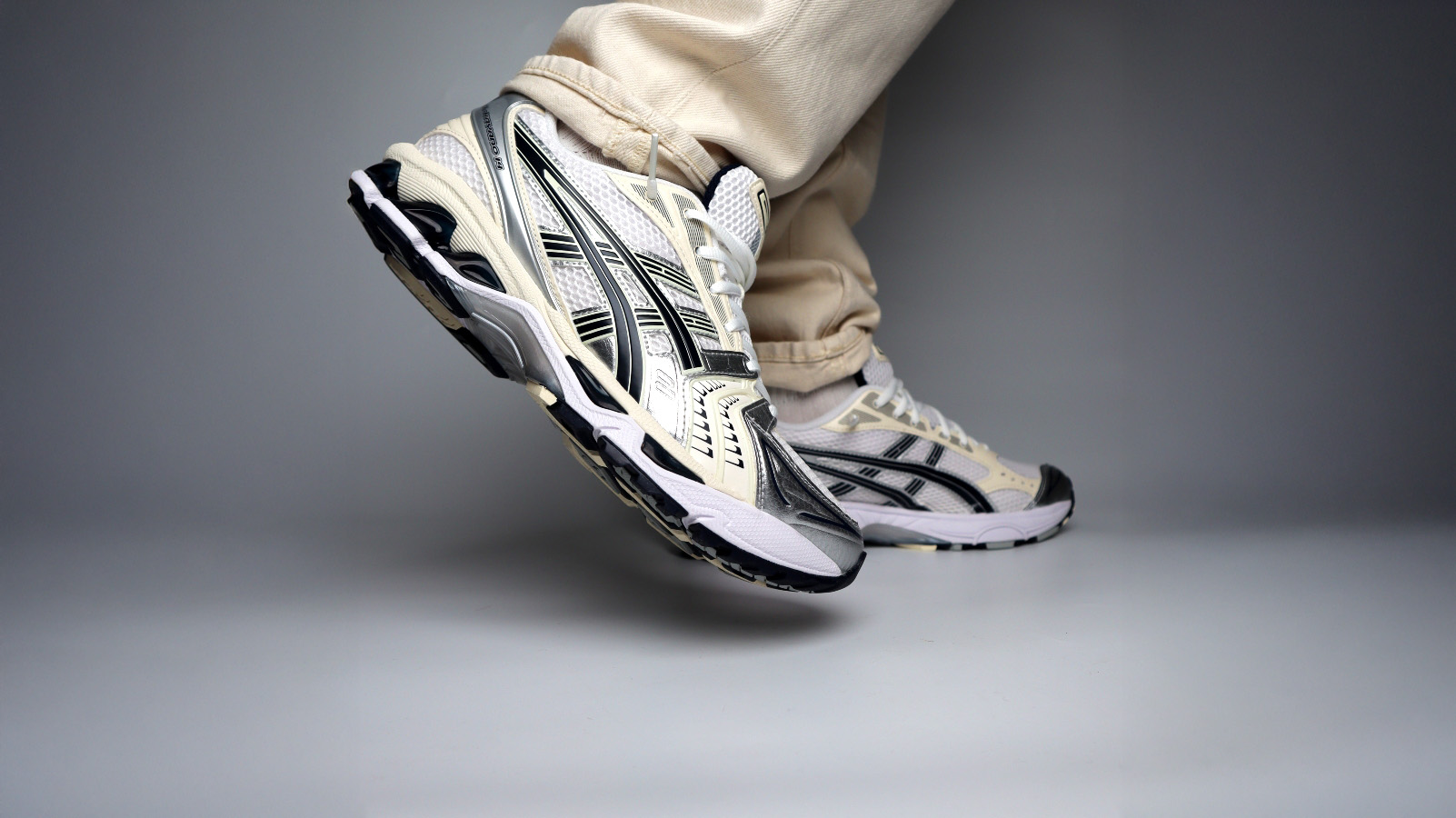
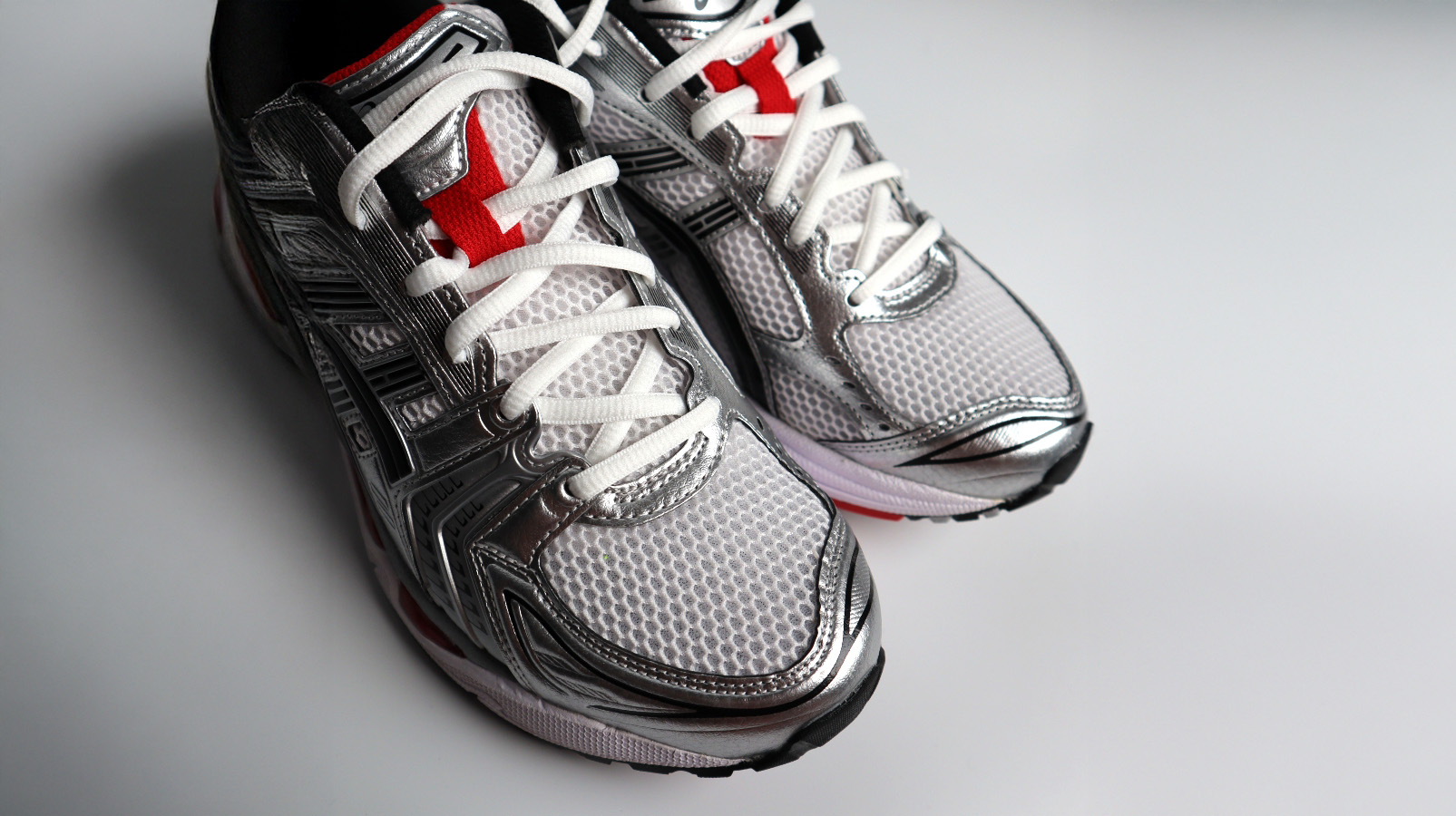
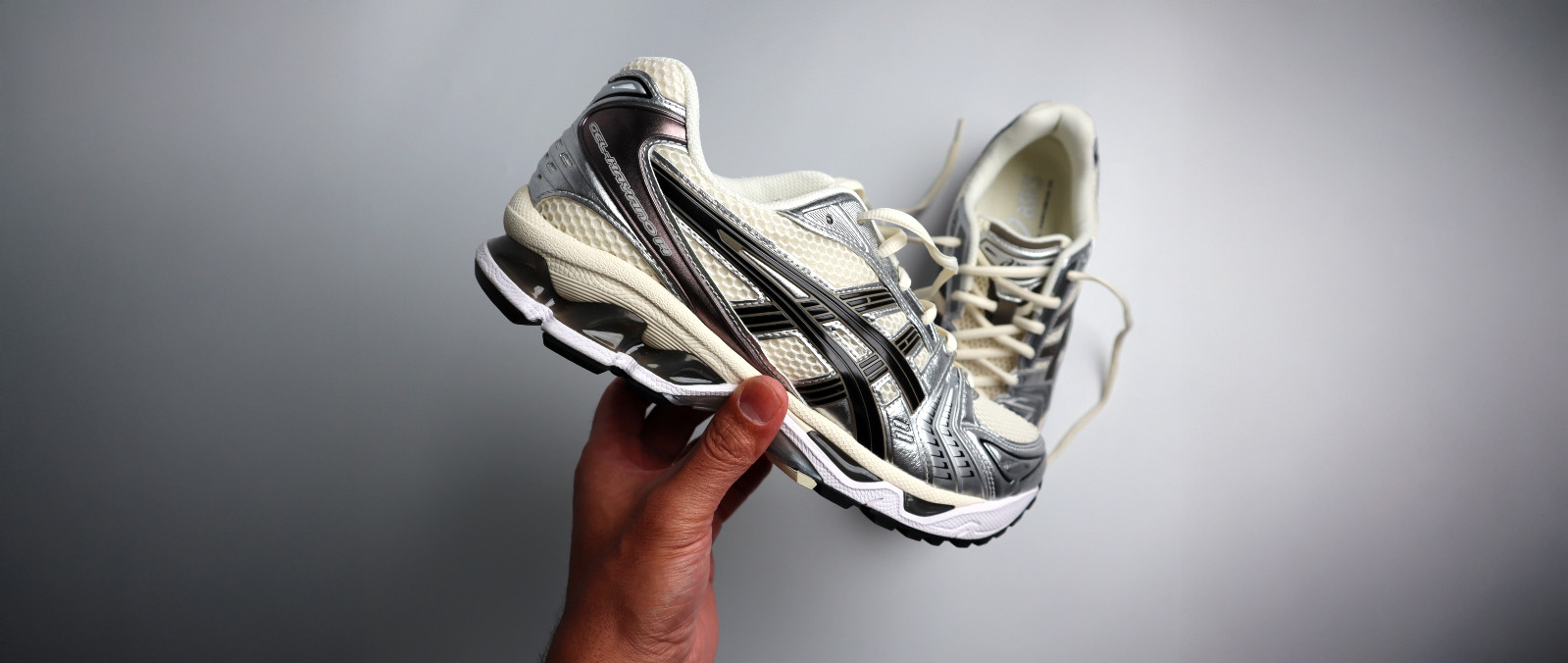

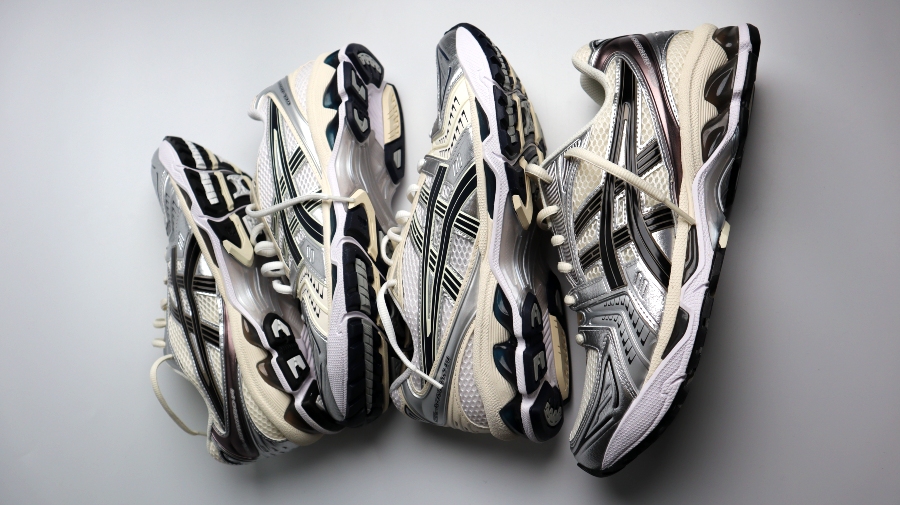
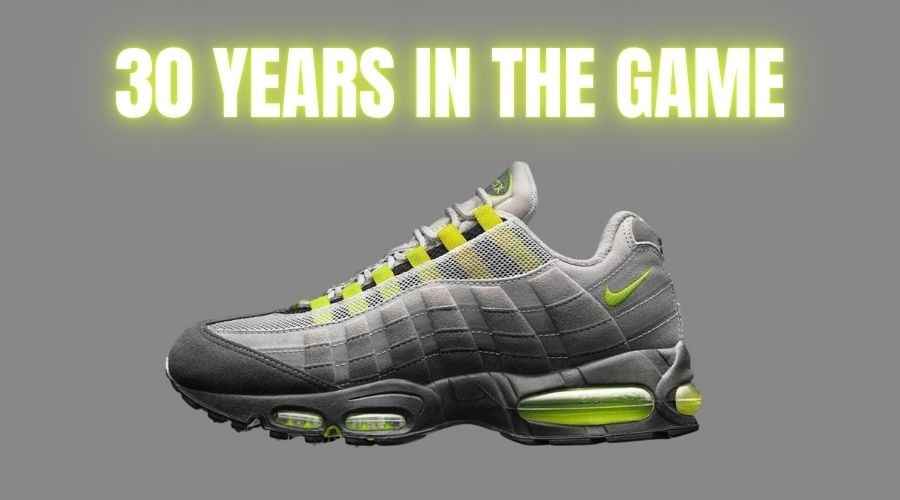

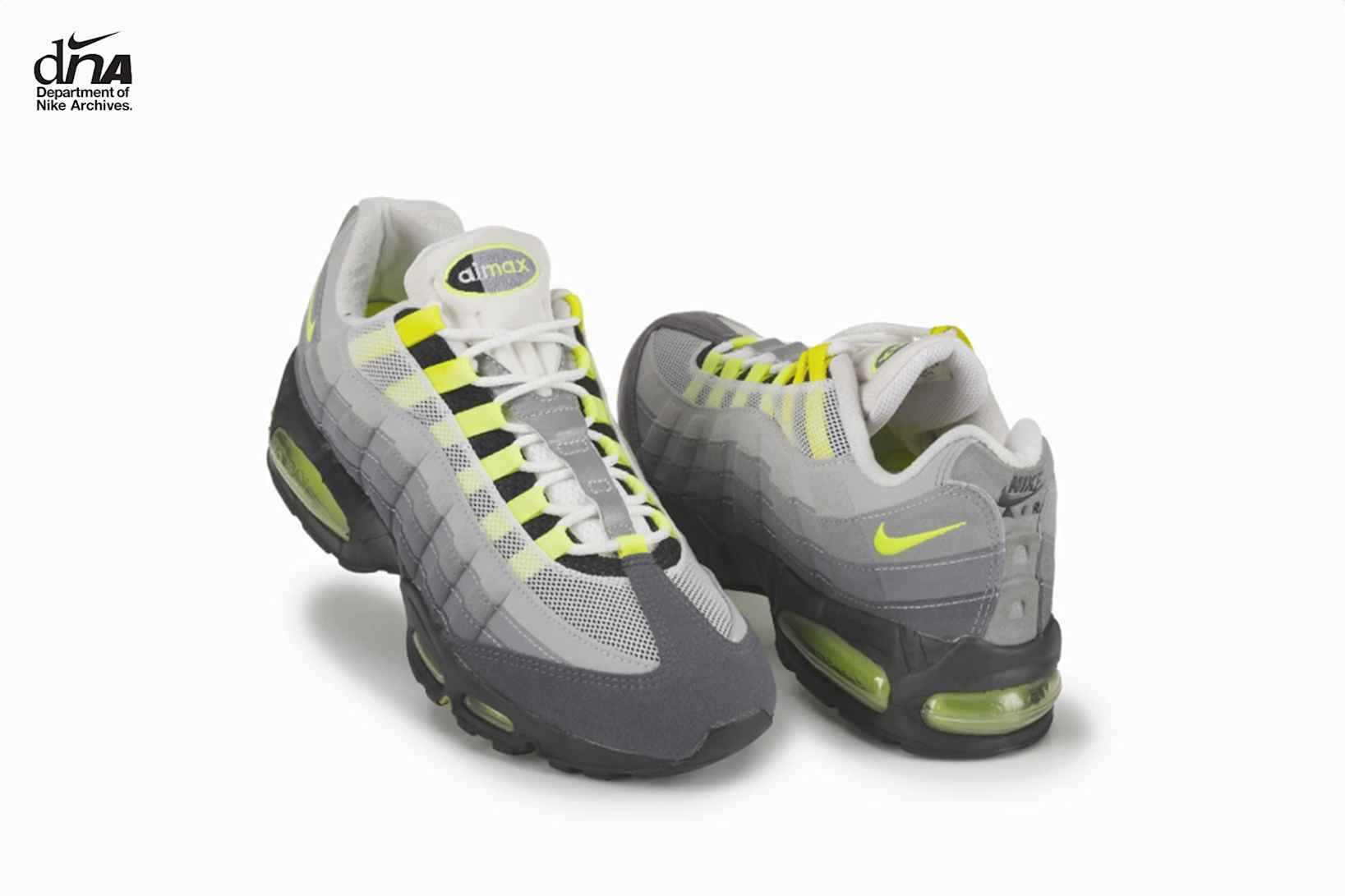

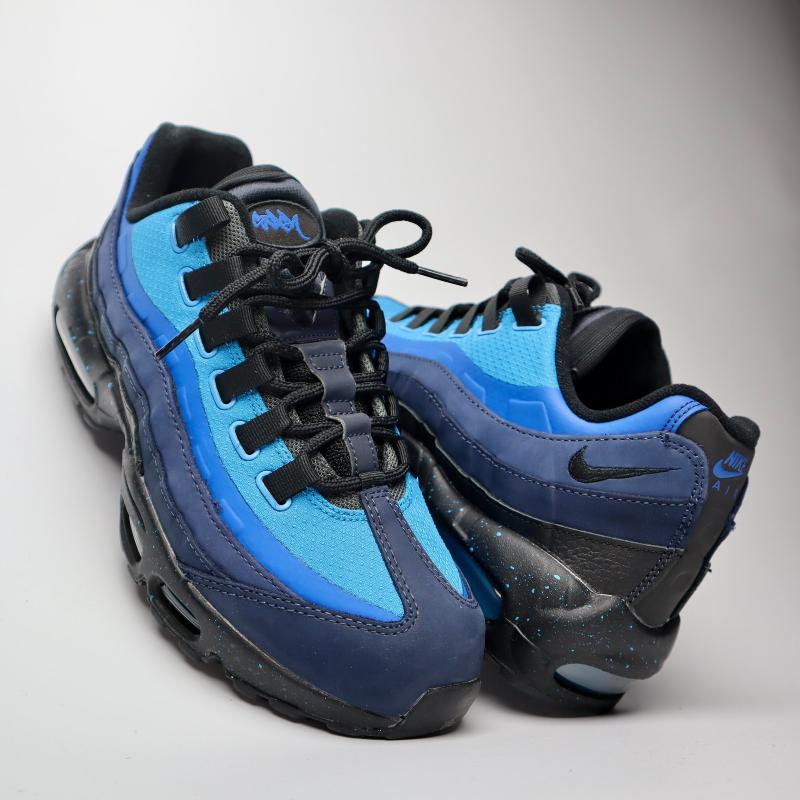










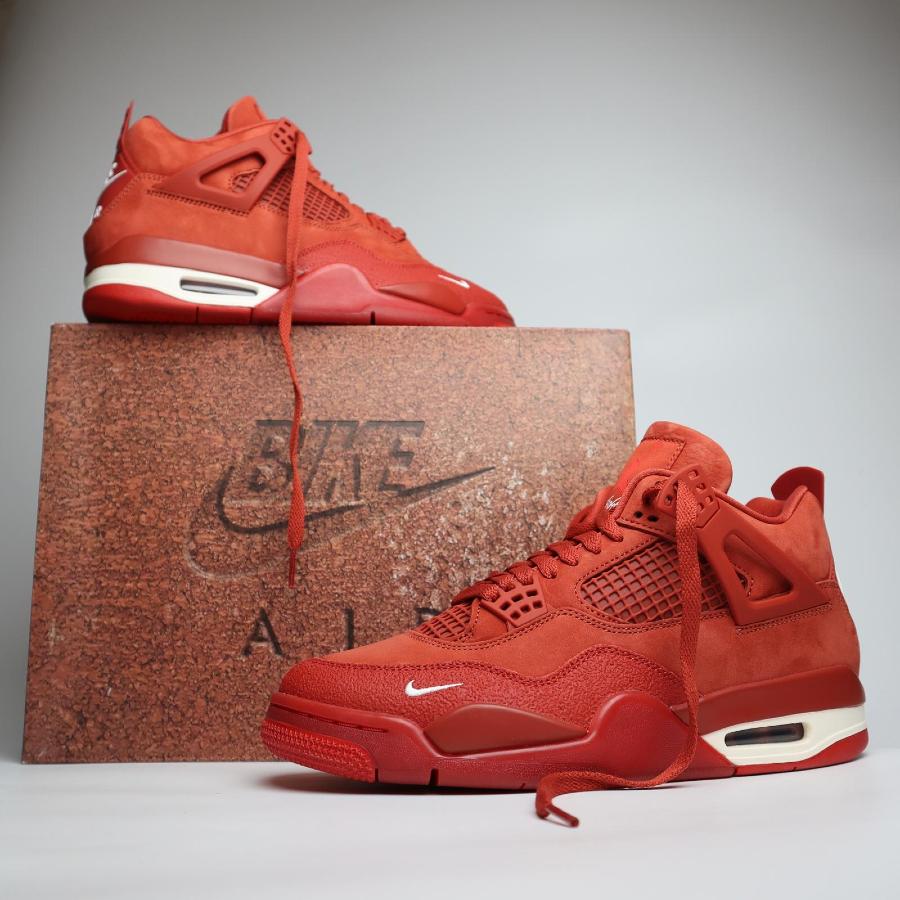
























.jpg)


















